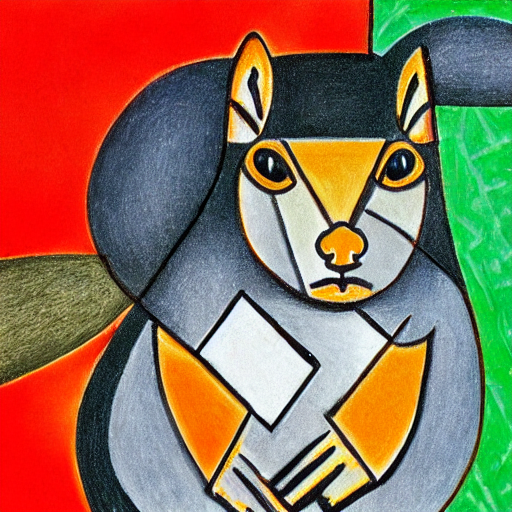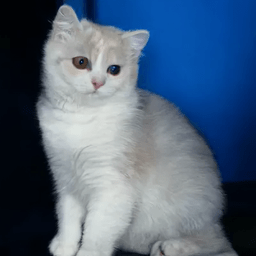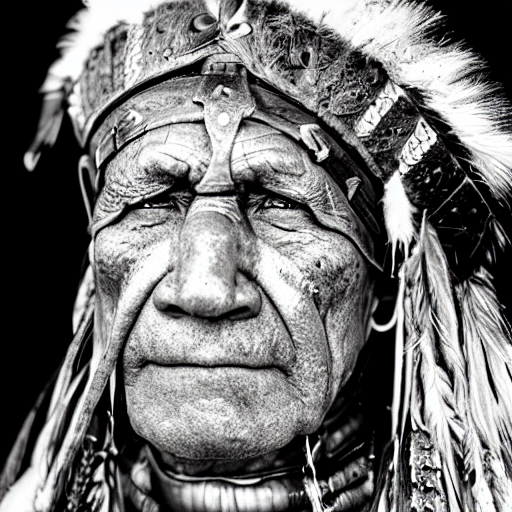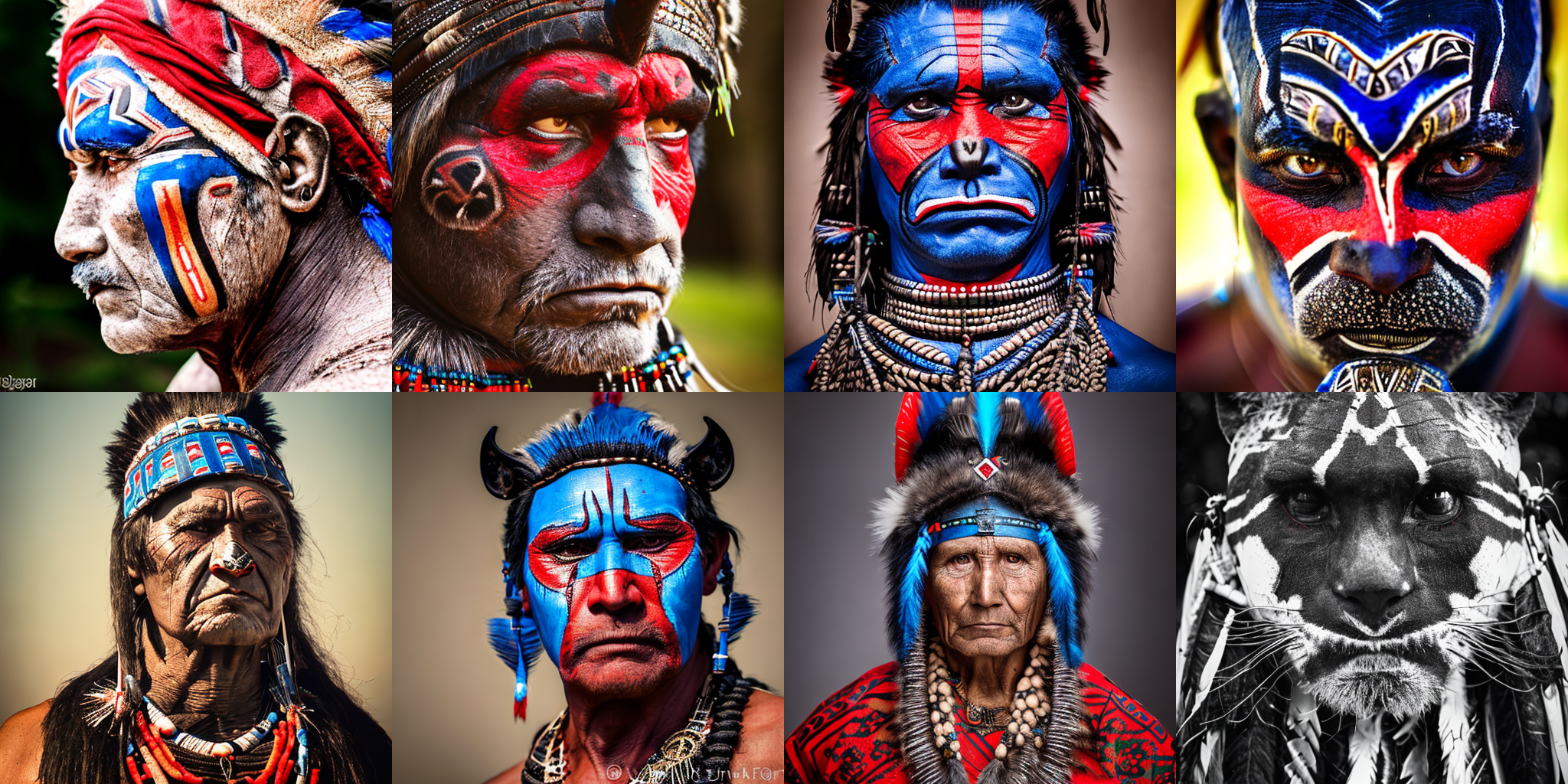


| Project Name | Description |
|---|---|
| dream-textures | Stable Diffusion built-in to Blender |
| HiDiffusion | Increases the resolution and speed of your diffusion model by only adding a single line of code |
| IC-Light | IC-Light is a project to manipulate the illumination of images |
| InstantID | InstantID : Zero-shot Identity-Preserving Generation in Seconds |
| IOPaint | Image inpainting tool powered by SOTA AI Model. Remove any unwanted object, defect, people from your pictures or erase and replace(powered by stable diffusion) any thing on your pictures. |
| Kohya | Gradio GUI for Kohya's Stable Diffusion trainers |
| MagicAnimate | MagicAnimate: Temporally Consistent Human Image Animation using Diffusion Model |
| OOTDiffusion | Outfitting Fusion based Latent Diffusion for Controllable Virtual Try-on |
| SD.Next | SD.Next: Advanced Implementation of Stable Diffusion and other Diffusion-based generative image models |
| stable-dreamfusion | Text-to-3D & Image-to-3D & Mesh Exportation with NeRF + Diffusion |
| StoryDiffusion | StoryDiffusion can create a magic story by generating consistent images and videos. |
| StreamDiffusion | A Pipeline-Level Solution for Real-Time Interactive Generation |
| Stable Diffusion Server | A server configured for Inpainting/Generation/img2img with one stable diffusion model |








Learn the fundamental skills you need to start generating outputs, build your own diffusion system, and train a diffusion model. We recommend starting here if you're using 🤗 Diffusers for the first time!
Practical guides for helping you load pipelines, models, and schedulers. You'll also learn how to use pipelines for specific tasks, control how outputs are generated, optimize for inference speed, and different training techniques.
Understand why the library was designed the way it was, and learn more about the ethical guidelines and safety implementations for using the library.
Technical descriptions of how 🤗 Diffusers classes and methods work.